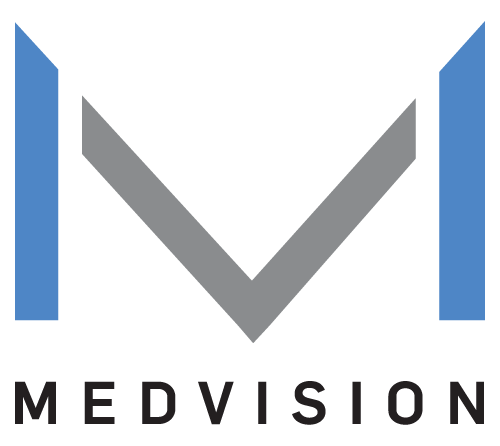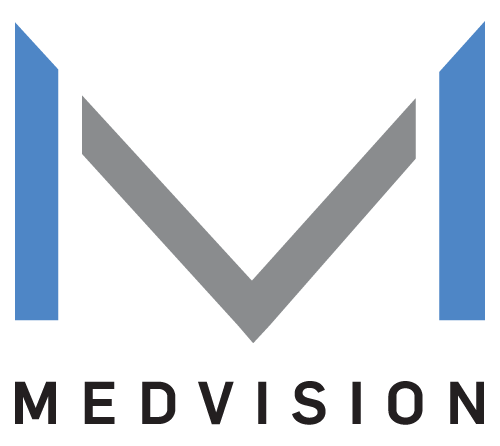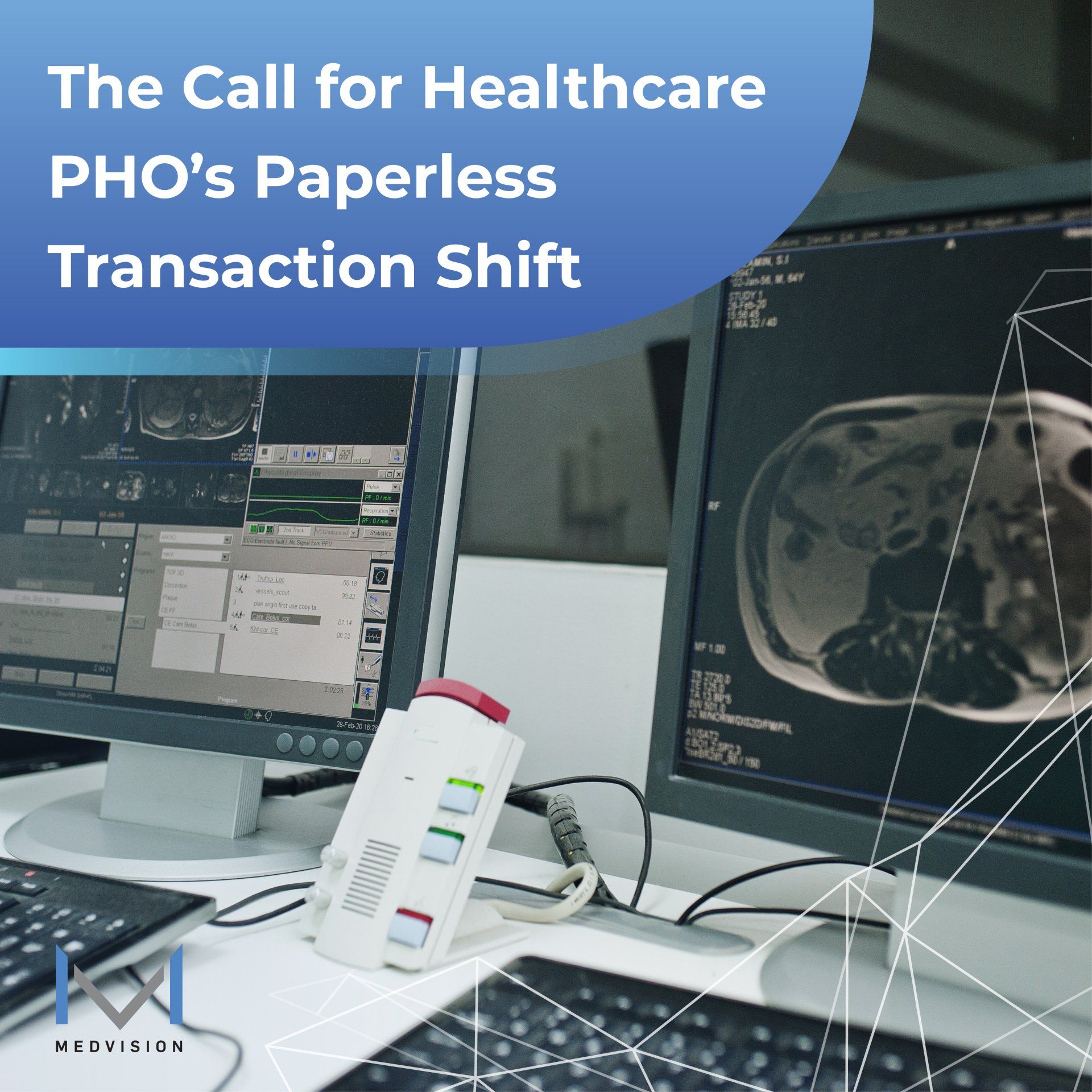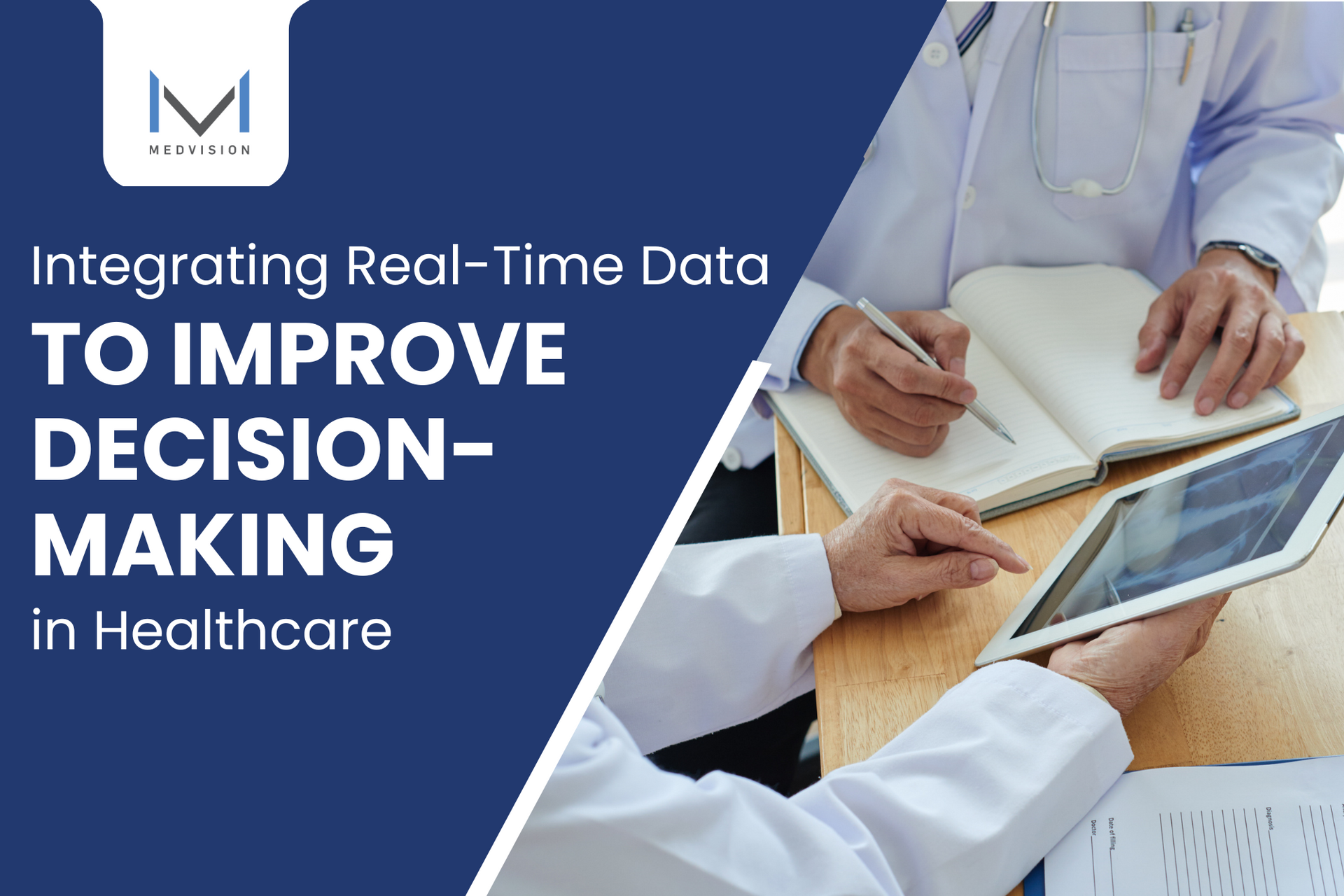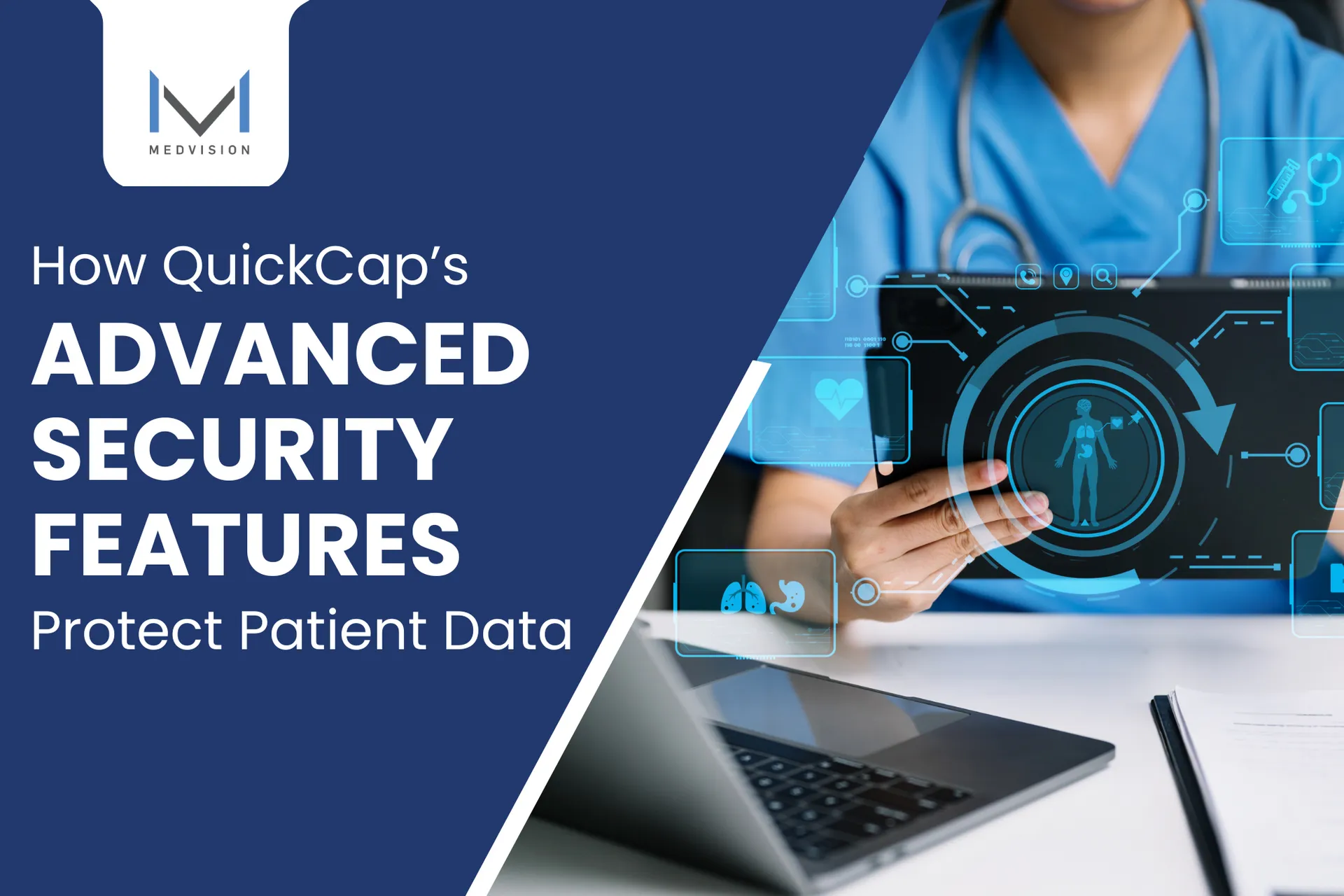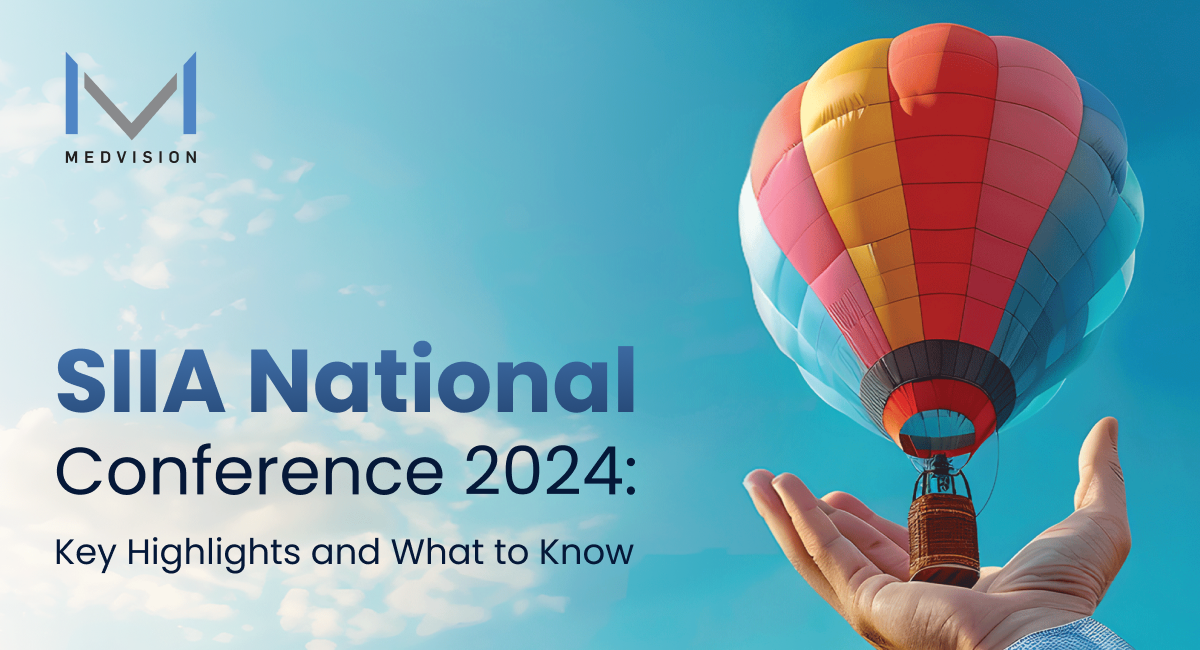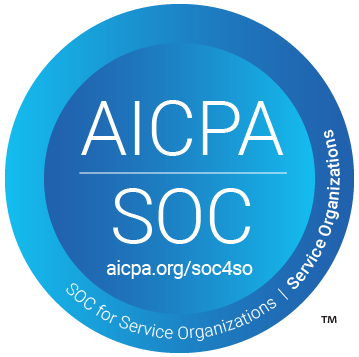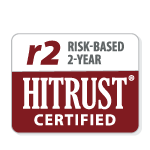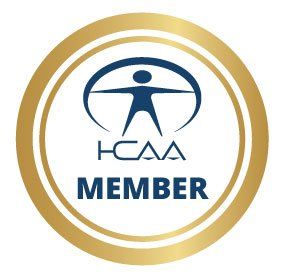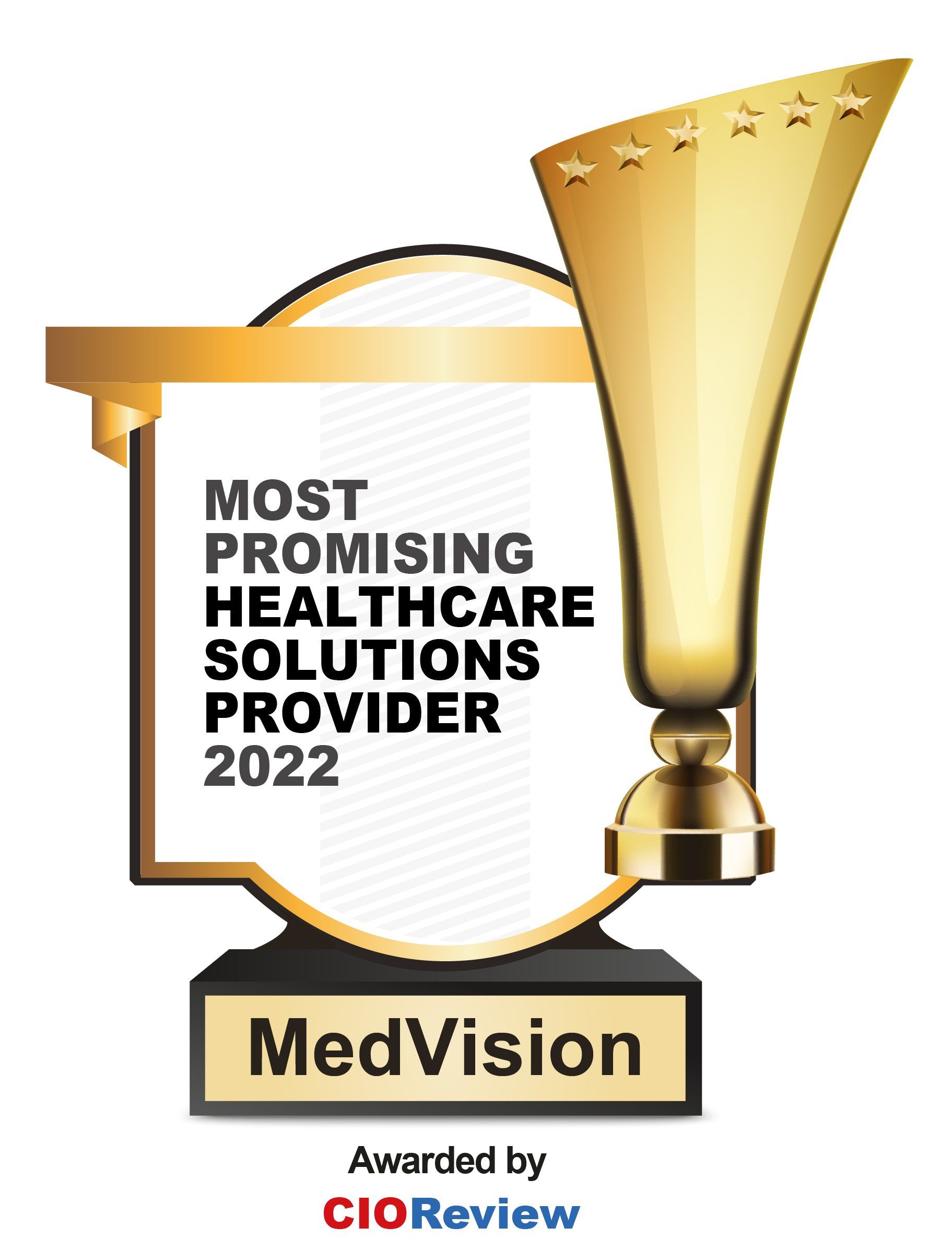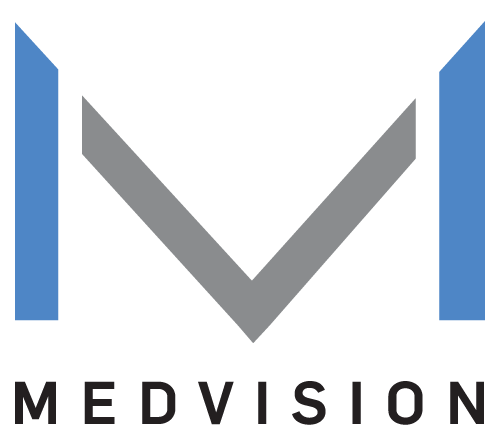Top 6 EDI Software Capabilities that You Definitely Need
Data Transaction With Papers
The rapid development in technology is definitely paving a future without the need for paper forms and large organization files. And that’s something businesses, whether big or small, should be happy about. Any business in the world deals with countless numbers of data, such as paper forms and documents. The need to transact information is fundamentally necessary, so there is just no avoiding paper trails. However, thousands of documents can lead to clutter and difficulties in auditing—not to mention the space you need to store all your paper trails. Additionally, transacting paperwork isn’t really as effective as it used to be primarily because it takes too much time to deliver hard copies of data, as well as the amount of work it takes to recheck, edit, and resend documents. In fact, you’ll need a very large workforce to process tons and tons of paperwork on a daily basis.
Why Get an EDI Software?
According to an article by the World Economic Forum (WEF), in the year 2022, a majority of organizations will be processing and storing 62 percent of their business data via computers. So if your organization wants to stay competitive within the next few years, you better start incorporating more computer processes in your workflow. And when your daily operations rely heavily on processing countless amounts of healthcare related data, getting advanced EDI software is a great start. In fact, businesses these days are relying heavily on electronic data interchange to transfer crucial data to each other.
What are the capabilities of EDI software?
Generally, the applications and software that we use are designed to simplify our lives, works, and businesses. But it’s “how” our technology helps us that makes them really relevant in our lives. And if you’re familiar with EDI transactions, you’ll love the numerous features and conveniences that come with getting an advanced EDI software. In fact, here’s the top six capabilities of EDI software that’ll make you want to upgrade your system.
1. EDI Translation
There are different types of files and formats, and when you deal with EDI transactions, you need an EDI software that can translate or convert your standard EDI formats into other types of EDI formats. And your EDI system also needs to support integration with enterprise resource planning (ERP) and other solutions. However, there are fully integrated systems, like QuickCap 7, that can fully automate your EDI processes which leads to faster processing time, more accurate transactions, and less human errors.
So if you want a smooth EDI workflow, you need an EDI software that has great translation capabilities. Additionally, you want a software that can handle different EDI formats as well as keep up with important EDI standards.
2. EDI Mapping and Implementation
Your EDI software can’t properly send and receive data if it can’t map your messages. So every EDI system needs great mapping capabilities to send accurate data. To send files, EDI systems convert your ERP files into the standard EDI files and reconverts the process to make the files readable to the recipient's ERP system. An EDI mapping software handles this process so you won’t have to worry about spending resources for this type of internal operations.
But as convenient as EDI systems are, you still need a good support group to make sure that your EDI mapping and implementation run without a hitch. So you’ll also need a reliable team of experts and consultants to facilitate the mapping process. But you won’t have to worry because companies like MedVision offer services that ensure that your E0DI mapping and implementation experience is successful.
3. Transaction Lifecycle Management
When you deal with healthcare data, you know that each EDI file contains a countless number of important information. So you need tools that can help you monitor the EDI transactions between you and your trading partners. And that’s why a good EDI software needs to have a reliable transaction lifecycle management tool. This tool automatically analyzes your transactions so you can get instant insights on transaction trends, and you can easily see these analytics in your dashboards and reports. Additionally, transaction lifecycle management tools can identify and solve EDI errors like duplicate entries. This tool also sends notifications for successful transactions and alerts for failed EDI files. With some EDI software, you can also choose to receive alerts and notifications via text or email messages.
When your EDI software has a transaction lifecycle tool, you can stay updated on your EDI transactions. So you can check the status of your EDI files and solve issues before they escalate. In addition, softwares like QuickCap 7 allows you to easily edit your EDI transactions directly from the system.
4. EDI Integration
When you deal with healthcare claims EDI, manual errors, such as a wrong decimal point, can lead to huge problems. That’s why it's important that your EDI software is capable of being fully integrated into your ERP system. Stand-alone EDI systems, which need some manual intervention, are only effective when you don’t have huge EDI transactions or numerous trading partners. But when you process healthcare payments and services, then you’ll need a more efficient EDI software. Especially with the large amount of EDI you need to process daily, you want to minimize any manual intervention and automate most of your processes.
So when it’s time to pick an EDI software, you have to make sure that it is fully integrated with your existing systems and software. However, some software, such as QuickCap 7, have an integrated system that includes all the necessary EDI features as well as other features for authorizations, claims, referrals, and other healthcare related processes. Integrated software can be easier for your company since all the data and processes can be accomplished in one system. So you won’t have to worry about integrating other software to your daily processes.
5. Report and Analytics
You need a software that can analyze your business data. And some EDI software are designed to integrate with other software and applications to convert your EDI transactions into data reports and analytics. This is especially useful because you can track and review your EDI transactions through customizable dashboards. But if you don’t want to rely on other data analytics applications, integrated software like QuickCap 7 has extensive features that allow you to track your EDI processes, generate report analytics, and customize your dashboards in one convenient system.
6. Easy Onboarding for Trading Partners
For businesses like healthcare payer organizations, more connections means more growth. But with the demands of EDI transactions, you need to make sure that your EDI software can easily accommodate new trading partners. Your trading partners wouldn’t want anything less than a smooth and efficient EDI system. And for this reason, you need an EDI software that has predefined templates, as well as customizable templates, that can accommodate the EDI formats of you and your trading partners. For this reason, you need to make sure that your software has EDI mapping, translation, and implementation features and services.
EDI System in QuickCap 7
QuickCap is a fully integrated software that’s equipped with tools specifically made for healthcare processes and healthcare payer services. With QuickCap’s EDI system, you can process all your EDI transactions, configure your trading partner specifications, as well as automate your processes.
Here’s some of the benefits that you get with QuickCap’s EDI system:
- Efficient EDI System
With QuickCap’s EDI features, you can set up your EDI specifications and automate your processes. You also get instant notifications in your dashboard so your team can directly edit and resolve any EDI issues.
- Trading Partner Enrollment
The trading partner enrollment feature allows you to easily add new trading partners as well as customize any specific requirements for their EDI transactions.
- Onboarding Protocols
with QuickCap’s onboarding services, our implementation team will support you all the way. From data translation, EDI configurations, and extensive testing, we’ll make sure you get a successful and stress-free go live experience.
Additionally, QuickCap is a fully integrated software which means that you won’t have to worry about integrating other software with QuickCap’s system. With extensive features for authorizations, claims adjudication, EDI transactions, payment calculations, data analytics, and more, you won’t need any other software other than QuickCap.
Explore Related Blogs
Recently published articles
Keep in touch
Subscribe to get the latest update
Trending topics
Share your insights on social media
Upcoming events and company news
